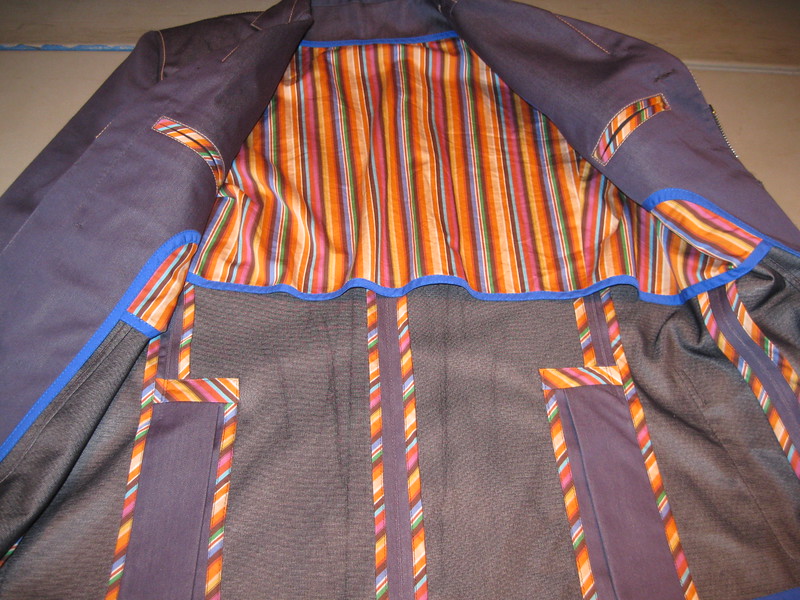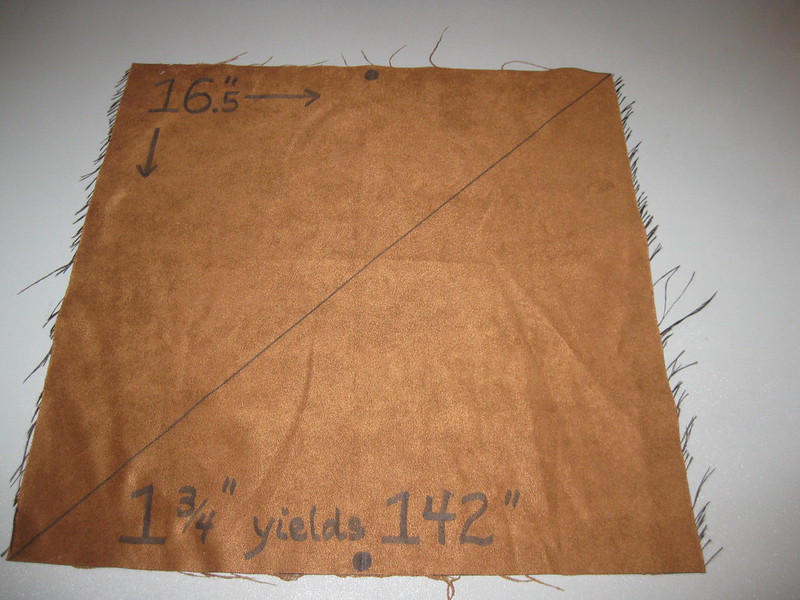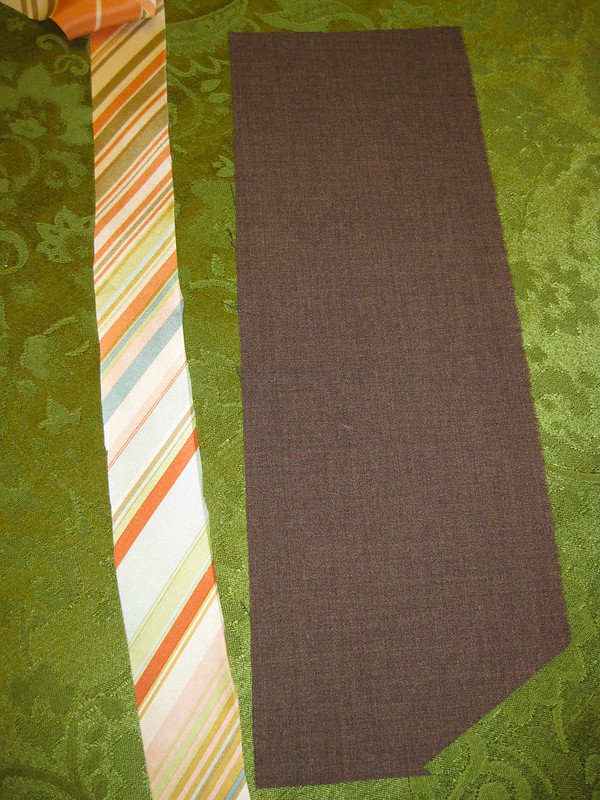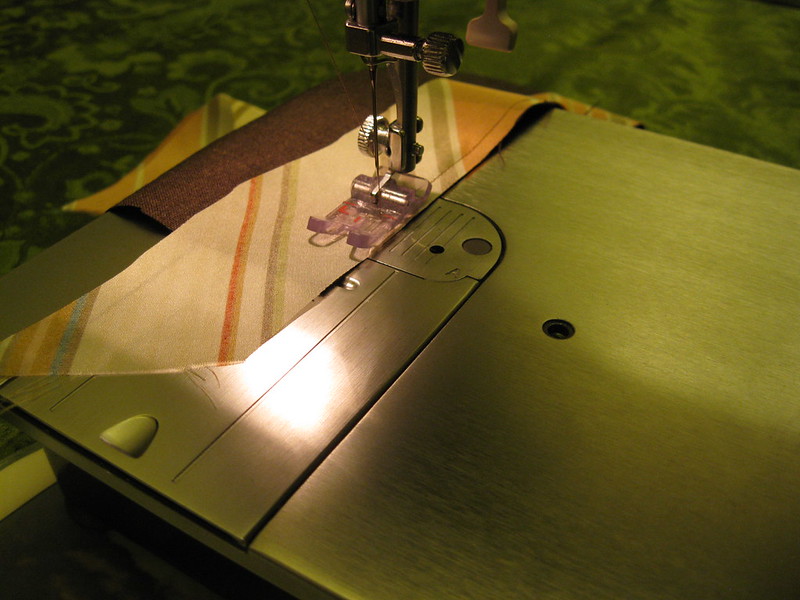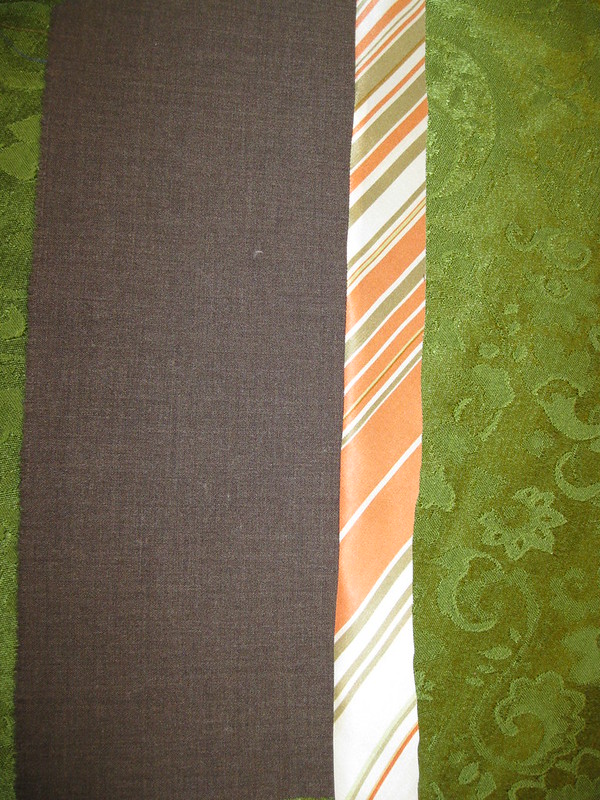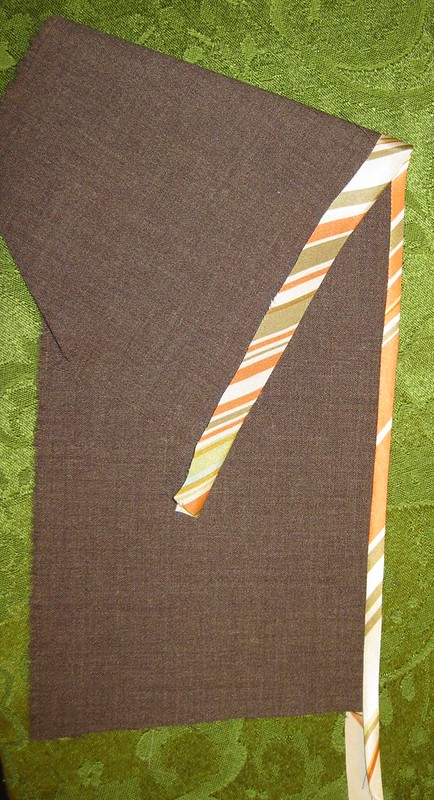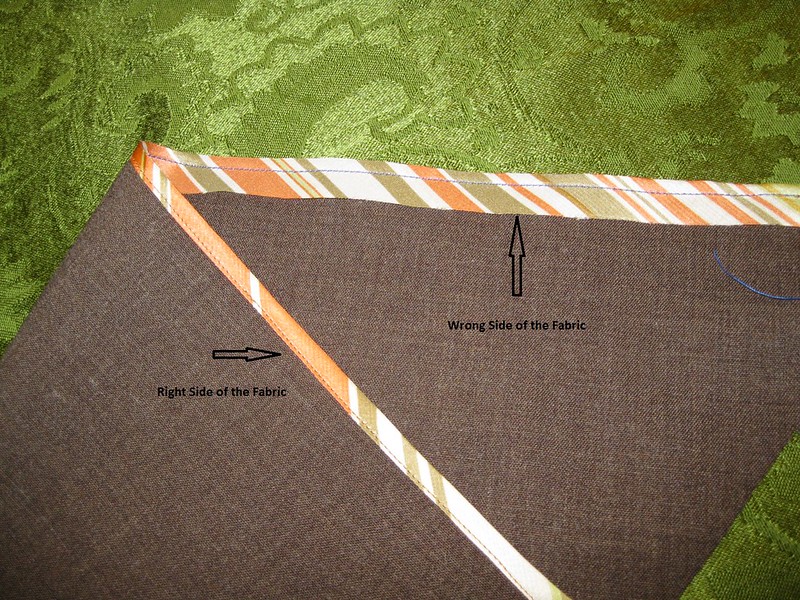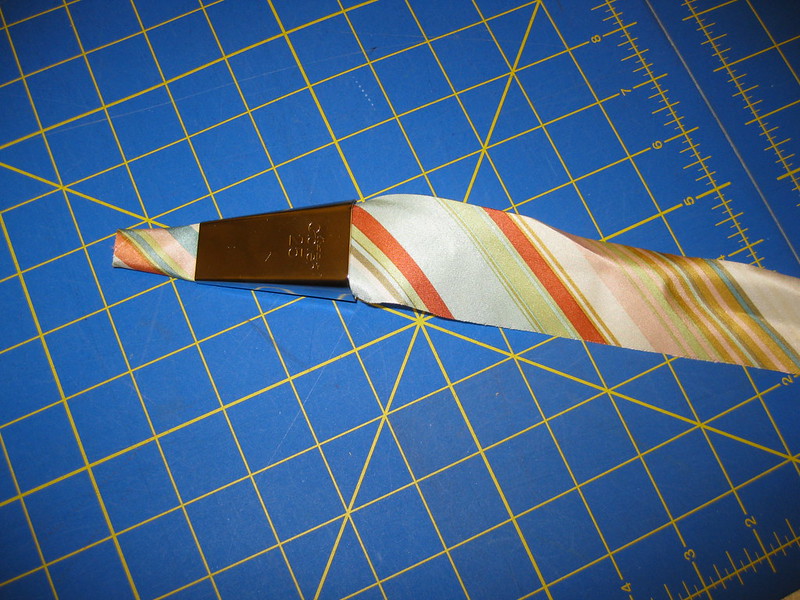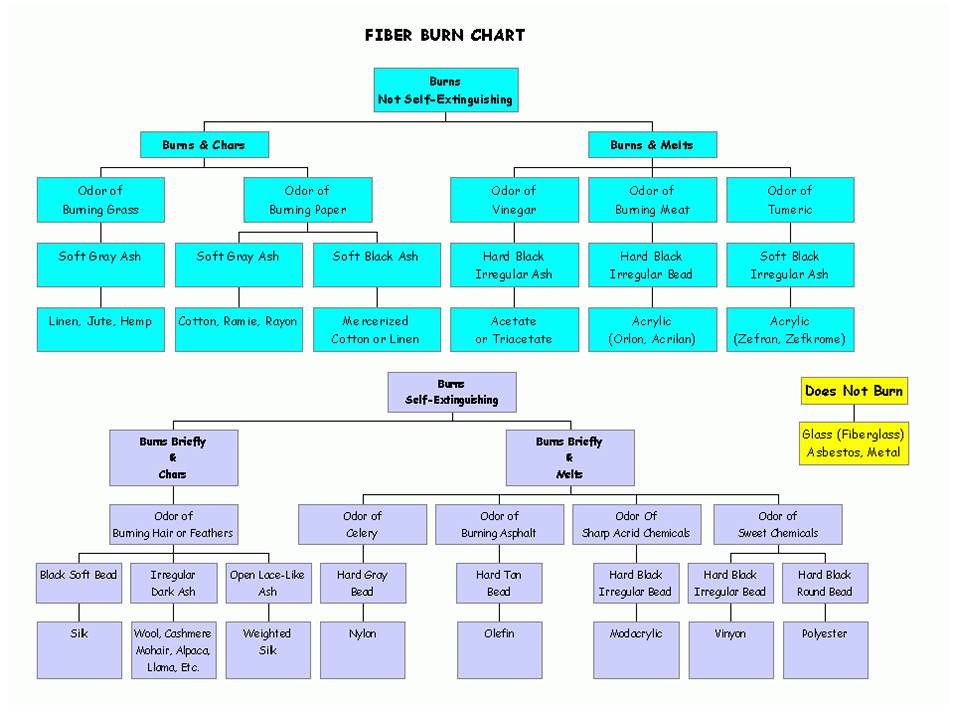This is a quick save from by last dress disappointment. This dress literally sewed up in a few hours. And I'm happy with the results. It was 70 degrees and windy on Sunday morning, but we were able to get a few deceit photos.
Pattern Description:
MISSES' TUNIC, DRESS AND PANTS: Pullover tunic or dress has front extending into back collar, fitted, front pleated bodice, raised waist, tie ends, two-piece sleeves with barrel cuffs, and stitched hem. Fitted, straight-legged pants (below waist) have elastic waist.
Pattern Sizing:
8 to 24; I used a 16 with modifications. But here again I could have used 14.
Did it look like the photo/drawing on the pattern envelope once you were done sewing with it?
Yes it did.
Were the instructions easy to follow?
A piece of cake. I barely looked at them. The only problem a beginner may have is at the neck and shoulder seams. But if you properly mark the circles and sew it precisely as instructed, you will be okay.
What did you particularly like or dislike about the pattern?
There are several things I liked about this pattern. There are:
- pleated bodice
- cut on sleeve with barrel cuffs
- Tie to create a more attractive waistline.
- Center back seam with darts so I could easily address my sway back adjustments
No dislikes.
Fabric Used:
I got this knit from Vogue on Roosevelt Rd. It was on the novelty knits table for $4.99 per yard. It's a medium weight poly knit with two way stretch. The feel is kind of spongy, but a soft hand. The texture has a crepey, pebble affect.
Pattern alterations or any design changes you made:
I thought I could minimize the adjustments if I used size 16. I did make a 1" FBA and rotated the dart to the pleats at the waist. At the center back seam I sewed the bottom half seam at 7/8". I also sewed 7/8" waist seam. At the neckline, I didn't finish the seam as recommended. The fabric was too bulky. So I just joint the upper edge of the collar across the back of the neck. Also, I didn't double seam any of the seams. I pressed open most of them. I serged the cuffs to the sleeves and I serged the neckline and hem. I also had to sew the seam and lower arm seams at 1" because the dress was too big along the sides. The barrel cuffs were also to big. So I sewed them with a 1" seam allowance. This time I didn't add any length to the skirt. I didn't mind if it was slightly shorter than pictured on the envelope.
Would you sew it again? Would you recommend it to others?
Probably not. I really like this dress, but one is enough. There are at least 20 dress patterns I'd like to try this winter. I may sew the pants though. Yes I would recommend this pattern. It sews up quickly and is a attractive silhouette.
All photos on Flickr.
Conclusion: I'm glad I tried this pattern. It's a quick and easy project with great results.
Happy Sewing!
C
Monday, November 12, 2012
Thursday, November 8, 2012
Making Your Own Bias Tape - Tutorial
Today I'd like to share a small tutorial on making your own bias tape. It can be used to finish seams, to bind exposed raw edges, at hem lines on sleeves, dresses and skirts. Making your own increases the your option for fabric selection and width of the binding.
Ron Collins demonstrated how at the Power Sewing Retreat. And he bought many of his garments where he used bias tape to finish the seams and/or to add interest or uniqueness to his garment. Of course, we all want that.
Here's how:
1. Cut a square 16.5” by 16.5”. This will Cut a square 16.5” by 16.5”. This will make 1 ¾” bias tape yields 142”.
2. Draw a diagonal line from one corner to the other.
3. Place a dot in the center of the top and bottom edges.
4. Cut along the diagonal line to make two pieces of fabric.
5. Join the two pieces of fabric so the dot are aligned. See the next slide.
6. Press open seam.
7. From the right side it should look like this.
8. Now, on the wrong side of the fabric, draw lines 1 ¾” apart.
9. Join ends lining up the cutting lines.
10. Cut along line to create the bias tape.
11. Now sew the bias tape to the edge of the seam allowance (about 1/4” seam allowance)
11a. I used the edge of the foot as a guide to measure the width of the seam allowance.
12. Press with seam allowance against the bias tape.
13. Wrap bias tape around the seam allowance.
14. Top stitch the bias tape from the right side of the fabric
The bias tape can be applied before or after the seams of the garment are sewn. This illustration shows the wrong and right sides of the fabric. The binding from the wrong side has the raw edges exposed. We can trim the excess off or you can fold in the raw edges using a bias tape maker.
I purchased a set of bias tape makers on eBay a few years ago. The sizes are: 50, 25, 18, 12, and 6. These can make a variety of sized tape for binding seams and making trim.
Simply thread the fabric through the largest opening. Slowly through the fabric through the other end while pressing. It's fast and easy.
Bias tape made using 18 BT maker. I folded it in half to apply to the raw edge of a seam.
I love the finishing of this unlined jacket made by Ron Collins (Power Sewing Retreat 2012).
Happy Sewing!
C
Here's how:
1. Cut a square 16.5” by 16.5”. This will Cut a square 16.5” by 16.5”. This will make 1 ¾” bias tape yields 142”.
2. Draw a diagonal line from one corner to the other.
3. Place a dot in the center of the top and bottom edges.
4. Cut along the diagonal line to make two pieces of fabric.
5. Join the two pieces of fabric so the dot are aligned. See the next slide.
6. Press open seam.
7. From the right side it should look like this.
8. Now, on the wrong side of the fabric, draw lines 1 ¾” apart.
9. Join ends lining up the cutting lines.
10. Cut along line to create the bias tape.
11. Now sew the bias tape to the edge of the seam allowance (about 1/4” seam allowance)
11a. I used the edge of the foot as a guide to measure the width of the seam allowance.
12. Press with seam allowance against the bias tape.
13. Wrap bias tape around the seam allowance.
14. Top stitch the bias tape from the right side of the fabric
The bias tape can be applied before or after the seams of the garment are sewn. This illustration shows the wrong and right sides of the fabric. The binding from the wrong side has the raw edges exposed. We can trim the excess off or you can fold in the raw edges using a bias tape maker.
I purchased a set of bias tape makers on eBay a few years ago. The sizes are: 50, 25, 18, 12, and 6. These can make a variety of sized tape for binding seams and making trim.
Simply thread the fabric through the largest opening. Slowly through the fabric through the other end while pressing. It's fast and easy.
Bias tape made using 18 BT maker. I folded it in half to apply to the raw edge of a seam.
I love the finishing of this unlined jacket made by Ron Collins (Power Sewing Retreat 2012).
Happy Sewing!
C
Labels:
Bias tape,
fabric,
Hong Kong Finish,
Sewing,
tutorial
Wednesday, November 7, 2012
Butterick 5707 - The Beauty and The Beast
Have you ever selected a pattern that was so you and you just had to make it? You make your usual pattern adjustments, every detail perfectly ... but then.., You knew this was coming.
But then.., after pulling it all together. It just didn't work for you. Something went wrong. Maybe a lot did.
Usually, I don't like to blog about projects that went wrong.
Most of the time, I can attribute the "wrong" to myself. Such is the case with Butterick 5707. I started this project several weeks ago. I made my usual pattern adjustments. I didn't make a muslin. My bad. The muslin would have saved me from the dissatisfaction I feel today. Why did this project fail? A few things. Here's the complete review.
Pattern Description:
MISSES'DRESS AND BELT: Dress has bias yoke and sleeve cut-in-one, shoulder pleat forming neckline drape, fitted bodice, gathered/darted waist, semi-fitted skirt, side zipper and self belt. A: self tie and sleeve darts.
Pattern Sizing:
6 to 22; I used size 16 instead of my usual 14. First, mistake.
Recommended Fabric
Crepes, Cotton, Linen, Woolens. Unsuitable for obvious diagonals.
Did it look like the photo/drawing on the pattern envelope once you were done sewing with it?
Yes and no. My fabric is crisper then the recommended fabrics. That could be mistake number 2.
Were the instructions easy to follow?
Easy, nothing difficult.
What did you particularly like or dislike about the pattern?
Let's start with the likes. - Style of the dress; the vintage look. I've seen similar styles worn by actresses in classic movies aired on TCM.
- The darted sleeves. - Bodice options.
- The self belt.
Now the dislikes:
- The gathers along the waist. Not a good look for me. - The skirt was too full at the bottom. - The roominess of the bodice; it looked too big and too wrinkled. - This one is on me. Poor hemming. I can easily redo.
Fabric Used:
I used silk dupioni. I underlined it with china silk.
Pattern alterations or any design changes you made:
I made a few in additional to my regular fitting adjustments in hopes of making the dress likeable.
- FBA
- Prominent Shoulder blades
- I hated the gathering at the bottom of the bodice. So I made two darts on either side matching them with the darts on the skirt. This helped but didn't completely resolve the fullness issue in the upper portion of the dress.
- I slightly tapered the skirt mid hip to the hem and added a slit to one side. In the end, my hem wasn't good. This can be fixed as well.
Would you sew it again? Would you recommend it to others?
I won't sew it again. Right now, I'm only thinking of making some adjustments to see if I can salvage the dress. I want it to work. This was suppose to be my contribution to the Haute Couture Blue Challenge for the 2013 Fashion Show. I need it to be as close to perfect as I can get it. I do have an alternate dress though. I would recommend it to others simply because I can't legitimately say this pattern doesn't work because it was poorly drafted. But I do recommend that you make a muslin first.
Conclusion: Try it if you like. Make a muslin before you cut into your fashion fabric. Make sure the style and fit are perfect for you. I still like this silhouette, except for the fullness of the skirt. Finally, I'm still smiling and hopeful that I can save this dress.
Parting video Mastering Silk with Sandra Betzina.
Happy Sewing! C
Most of the time, I can attribute the "wrong" to myself. Such is the case with Butterick 5707. I started this project several weeks ago. I made my usual pattern adjustments. I didn't make a muslin. My bad. The muslin would have saved me from the dissatisfaction I feel today. Why did this project fail? A few things. Here's the complete review.
Pattern Description:
MISSES'DRESS AND BELT: Dress has bias yoke and sleeve cut-in-one, shoulder pleat forming neckline drape, fitted bodice, gathered/darted waist, semi-fitted skirt, side zipper and self belt. A: self tie and sleeve darts.
Pattern Sizing:
6 to 22; I used size 16 instead of my usual 14. First, mistake.
Recommended Fabric
Crepes, Cotton, Linen, Woolens. Unsuitable for obvious diagonals.
Did it look like the photo/drawing on the pattern envelope once you were done sewing with it?
Yes and no. My fabric is crisper then the recommended fabrics. That could be mistake number 2.
Were the instructions easy to follow?
Easy, nothing difficult.
What did you particularly like or dislike about the pattern?
Let's start with the likes. - Style of the dress; the vintage look. I've seen similar styles worn by actresses in classic movies aired on TCM.
- The darted sleeves. - Bodice options.
- The self belt.
Now the dislikes:
- The gathers along the waist. Not a good look for me. - The skirt was too full at the bottom. - The roominess of the bodice; it looked too big and too wrinkled. - This one is on me. Poor hemming. I can easily redo.
Fabric Used:
I used silk dupioni. I underlined it with china silk.
Pattern alterations or any design changes you made:
I made a few in additional to my regular fitting adjustments in hopes of making the dress likeable.
- FBA
- Prominent Shoulder blades
- I hated the gathering at the bottom of the bodice. So I made two darts on either side matching them with the darts on the skirt. This helped but didn't completely resolve the fullness issue in the upper portion of the dress.
- I slightly tapered the skirt mid hip to the hem and added a slit to one side. In the end, my hem wasn't good. This can be fixed as well.
Would you sew it again? Would you recommend it to others?
I won't sew it again. Right now, I'm only thinking of making some adjustments to see if I can salvage the dress. I want it to work. This was suppose to be my contribution to the Haute Couture Blue Challenge for the 2013 Fashion Show. I need it to be as close to perfect as I can get it. I do have an alternate dress though. I would recommend it to others simply because I can't legitimately say this pattern doesn't work because it was poorly drafted. But I do recommend that you make a muslin first.
Conclusion: Try it if you like. Make a muslin before you cut into your fashion fabric. Make sure the style and fit are perfect for you. I still like this silhouette, except for the fullness of the skirt. Finally, I'm still smiling and hopeful that I can save this dress.
Parting video Mastering Silk with Sandra Betzina.
Happy Sewing! C
Tuesday, November 6, 2012
More Fabric Savvy by Sandra Betzina
Good evening all,
I wanted to take some time to talk about books written by Sandra Betzina. This first one is the updated edition of her Fabric Savvy guide for selecting and sewing fabric. This time it's titled, "More Fabric Savvy". The book provides exactly what's indicated on the cover, a quick resource guide to selecting and sewing fabric. The book includes a brief introduction followed by a list of 101 different fabrics, glossaries, more helpful tips for handling fabrics, sources, and index.
It is a handy hard cover book with spiral binding so the book lays flat on the table for hands free reading. The pages are nice light weight card shock that can withstand tons of page turning.
I really like how the book is organized. The fabrics are listed in alphabetical order with two pages of content devoted to each one. Each section includes facts about the fabric, what it's suitable for, and sewing tips. Tips for working with the fabric include recommendations for preshrinking, marking and cutting, interfacing selection, the best thread and needles to use, stitching guides, seam finishings, pressing, and hems. A photograph of a garment made from each fabric type is included on the fabric fact page to provide a clear illustration of how the fabric can be used.
You can purchase the book on the Power Sewing website for the reasonable price of $24.95. I highly recommend this book. The holiday season is upon us and this would be a nice stocking stuffer for yourself or for your crafty sewing friends.
I wanted to take some time to talk about books written by Sandra Betzina. This first one is the updated edition of her Fabric Savvy guide for selecting and sewing fabric. This time it's titled, "More Fabric Savvy". The book provides exactly what's indicated on the cover, a quick resource guide to selecting and sewing fabric. The book includes a brief introduction followed by a list of 101 different fabrics, glossaries, more helpful tips for handling fabrics, sources, and index.
It is a handy hard cover book with spiral binding so the book lays flat on the table for hands free reading. The pages are nice light weight card shock that can withstand tons of page turning.
I really like how the book is organized. The fabrics are listed in alphabetical order with two pages of content devoted to each one. Each section includes facts about the fabric, what it's suitable for, and sewing tips. Tips for working with the fabric include recommendations for preshrinking, marking and cutting, interfacing selection, the best thread and needles to use, stitching guides, seam finishings, pressing, and hems. A photograph of a garment made from each fabric type is included on the fabric fact page to provide a clear illustration of how the fabric can be used.
You can purchase the book on the Power Sewing website for the reasonable price of $24.95. I highly recommend this book. The holiday season is upon us and this would be a nice stocking stuffer for yourself or for your crafty sewing friends.
Parting Shots:
Ron Collins at the September 2012 Power Sewing Retreat demonstrating how to do a burn test.
Also below is a quick reference sheet for determining fabric fiber content using the burn test. Caution: hold fabric with tweezers and have a cup of water to extinguish the flame when conducting your burn test.
Labels:
book review,
fabric,
Sandra Betzina,
Sewing,
tips and techniques
Friday, October 26, 2012
Sandra Betzina's Retreat - Part IV Dinner Party at Sandra's
Wow! The days are going by so fast. It's been four weeks since the Power Sewing Retreat. Today I am able to write this fourth installment. This segment highlights of the Dinner party hosted by Sandra and her husband (Dan) for the class.
We had a grand time. Sandra prepared a wonderful meal for us. We ate, drank and laughed the night away.
Sandra had all the ladies try on her beautiful custom-made fascinator.
Before the end of class on Friday, Sandra asked us to choose three important characteristics that we valued in a true friend. This one simple question was the start of a lively conversation about friendships and relationships. Needless to say, time went by very quickly. After the party Dan drove us back to the hotel for a good night's rest.
Everyone had a great time.
Other Activities -
On Friday, a few of us decided to take a trip to Fisherman's Wharf to do a little shopping and to grab a bite to eat before going to Beach Blanket Babylon. BTW- Sandra got tickets for everyone to go to show. It was so funny and the singing was great.
This ends my reviews for the retreat. It was a fantastic week. I came away with a lot of knowledge and motivation to try a few new techniques. I know that some want to ask which workshop I liked better, but I can not give a straightforward answer. They complement one another. The Palmer/Pletsch workshop was primarily about fitting. This workshop was a little bit of everything. The lesson about fit I learned from Sandra, helped me to further refine techniques I learned with Palmer/Pletsch.
Today, I took a look at my completed projects for 2012. There aren't half as many as last year. I have a few garments that weren't reviewed at all. Then there are several projects that I would like to finish before Christmas. Now that I'm almost done with the semester, perhaps I can get a little more sewing done.
One of the things on my to do list, is to post reviews on Sandra Betzina's books. Another is to see what everyone else is doing. I miss being able to blog. Finally, I want to talk about the Haute Couture Club Fashion Show 2013. The theme is "Elements of Glam" and is centered around the "elements" of the earth.
So in the meantime, Happy Sewing!
Cennettta
We had a grand time. Sandra prepared a wonderful meal for us. We ate, drank and laughed the night away.
Sandra had all the ladies try on her beautiful custom-made fascinator.
Before the end of class on Friday, Sandra asked us to choose three important characteristics that we valued in a true friend. This one simple question was the start of a lively conversation about friendships and relationships. Needless to say, time went by very quickly. After the party Dan drove us back to the hotel for a good night's rest.
Everyone had a great time.
Other Activities -
On Friday, a few of us decided to take a trip to Fisherman's Wharf to do a little shopping and to grab a bite to eat before going to Beach Blanket Babylon. BTW- Sandra got tickets for everyone to go to show. It was so funny and the singing was great.
This ends my reviews for the retreat. It was a fantastic week. I came away with a lot of knowledge and motivation to try a few new techniques. I know that some want to ask which workshop I liked better, but I can not give a straightforward answer. They complement one another. The Palmer/Pletsch workshop was primarily about fitting. This workshop was a little bit of everything. The lesson about fit I learned from Sandra, helped me to further refine techniques I learned with Palmer/Pletsch.
One of the things on my to do list, is to post reviews on Sandra Betzina's books. Another is to see what everyone else is doing. I miss being able to blog. Finally, I want to talk about the Haute Couture Club Fashion Show 2013. The theme is "Elements of Glam" and is centered around the "elements" of the earth.
So in the meantime, Happy Sewing!
Cennettta
Labels:
Power Sewing,
San Francisco,
Sandra Betzina,
Sewing
Tuesday, October 16, 2012
Vogue 1292 - A Trendy Classic Skirt
Today's review is one of Sandra Betzina's latest skirt designs. Initially, I took a pass on trying this pattern. But after seeing a few versions of this skirt made, I decided to give it a try. And I'm glad I did. It's not a difficult pattern to sew. I was able to sew two skirts in less than four hours. What makes these skirts special is the use of the ever so popular, ruffled knit fabric (View-B). As for View A, I plan to make it too. One of the Haute Couture Club members wore her version to a meeting last summer, and Sandra Betzina wore the version that you see on the pattern envelope to the Power Sewing Retreat in September. And that's when I said, "Okay, I'm making that skirt!"
Pattern Description: MISSES' SKIRT: Lined skirt has raised elastic waist, no side seams, and sides cut on crosswise grain of fabric. A: bias panels form origami border. B: lining forms slight bubble hem, and purchased decorative elastic trim.
FABRICS: For Moderate Stretch Knits: Lightweight Double Knit, Lightweight Wool Jersey. Lining: Tricot, Lightweight Jersey.
Pattern Sizing: Sizes A through J; I used size D. No adjustments needed.
Did it look like the photo/drawing on the pattern envelope once you were done sewing with it? Yes, it did.
Were the instructions easy to follow? I had no problems following the instructions. I like the construction technique for the elasticized waistband. After cutting the length of the elastic, butt the ends together over a 1" square of scrap fabric. This reduces bulk. The finishing of the elastic is what makes this technique special. A decorative narrow elastic to each long side of the elastic and over the joint of the elastic. This is an attractive way to finish the elasticized waistband. This is a technique I will use again.
Caution - When sewing the seams, make sure the ruffles are laying in the right direction.
What did you particularly like or dislike about the pattern? My likes
- The use of the ruffled knit fabric.
- Easy construction of the skirt. It's sews up quickly. All of the seams of the skirt are concealed.
- The joining at the hem of the skirt.
- Decorative elasticized waistband.
No dislikes -
Fabric Used: The Brown/Orange print was purchased at Eddie's Quilting Bee. I bought the fabric during the Saturday shopping day of the the Power Sewing Retreat. The Black/Blue ruffled knit was a gift from Mary (participate at the PSR). Thanks again, Mary. For the Lining, I used a black tricot that I purchased in bulk from Vogue Fabrics several months ago.
Pattern alterations or any design changes you made: No changes. Except the waistband of the Brown/Orange version. I didn't have enough decorative elastic to go along the top of the elastic. Having it a the lower edge was good though.
Would you sew it again? Would you recommend it to others? Yes and yes. I received a tons of compliments when I wore the Brown/Orange version. I'm thinking of making one to gift someone. Not sure yet. But that what I thinking, a Christmas gift. For myself, I want to make View A at least once.
I highly recommend that you try this pattern. If you want to try View B using the ruffled knit, Vogue Fabrics (Chicago) on Roosevelt Rd has a huge section, all colors, for $9.99 per yard.
Conclusion: This is a great skirt pattern to sew. It easy and stylish. You can't beat that combination.
Stay Tuned. I still have two more blogs on the Power Sewing Retreat.
Thanks! Happy Sewing,
C
Subscribe to:
Posts (Atom)




